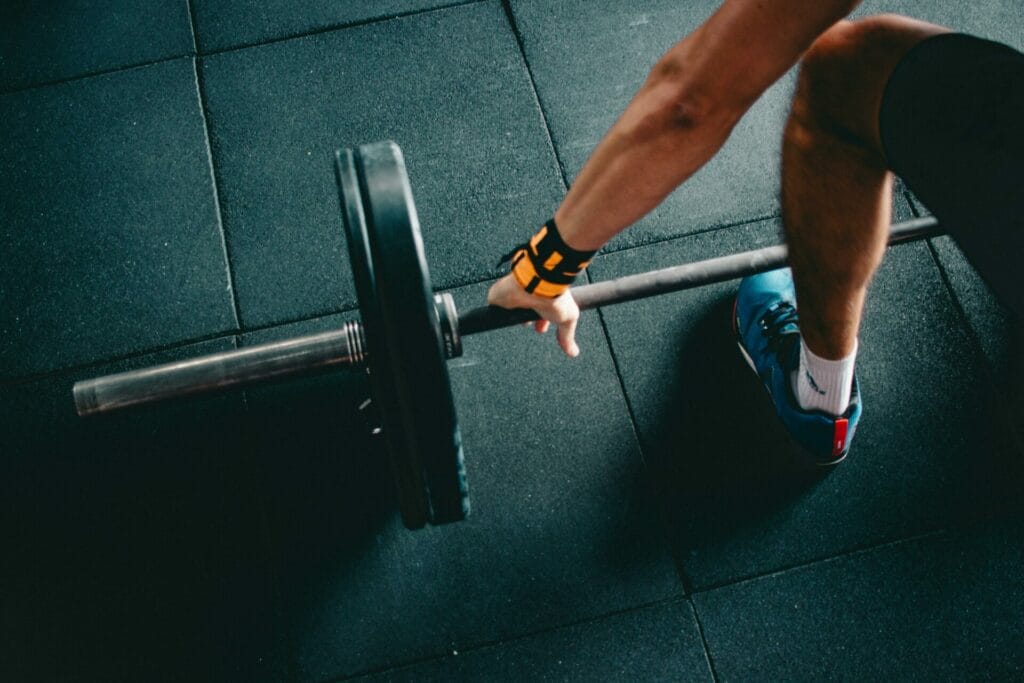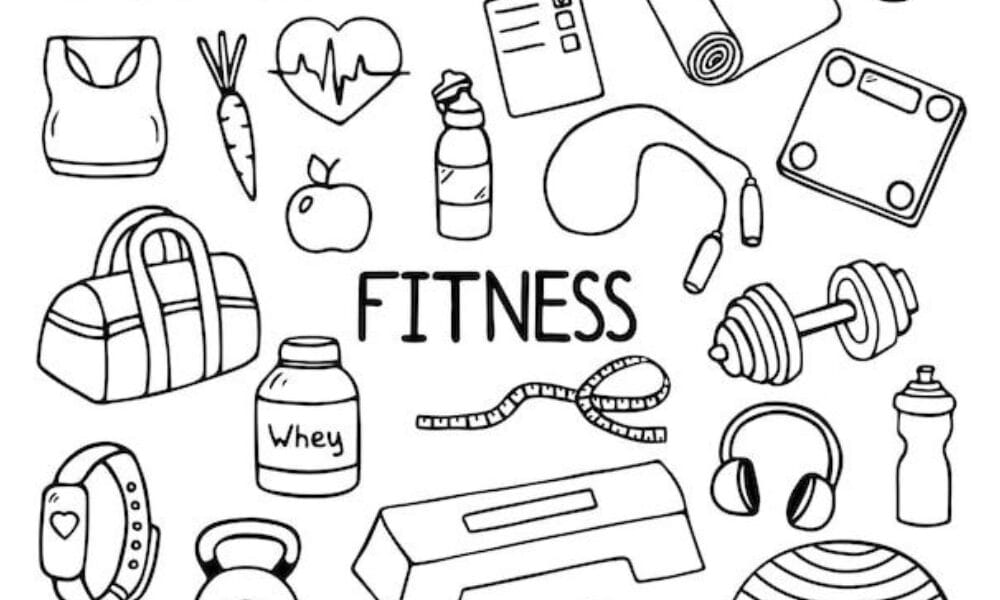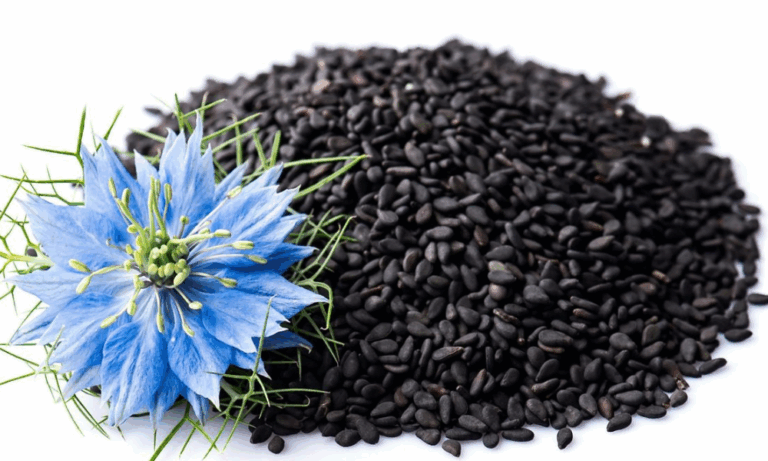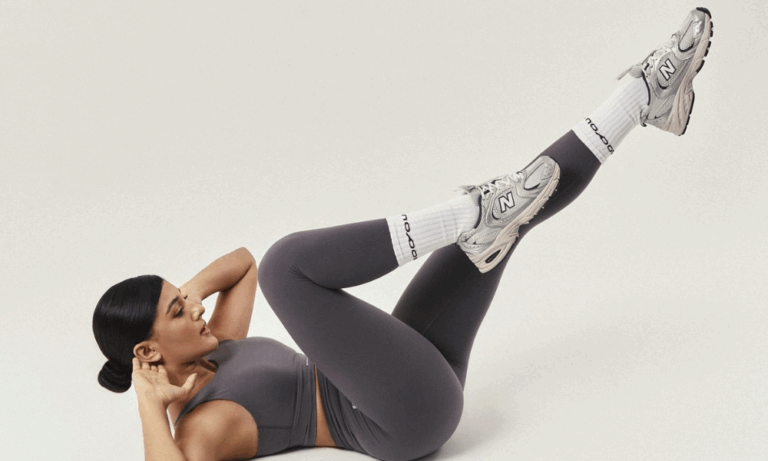It’s a common conundrum, but the good news is that you can still stay fit with the right approach! Let’s dive into the best workout times to keep that energy up and those fitness goals on track. By choosing the right schedule, you can stay fit, refreshed, and energized throughout the holy month. After all, knowing the best time to exercise in Ramadan makes all the difference!
Morning Workouts: After Suhoor
Some folks swear by getting their sweat on after Suhoor, the pre-dawn meal. The idea is that you’ve just fueled up, so you’ve got the energy to tackle a workout. However, keep in mind that after this session, you’ll be fasting for several hours without water, which might lead to dehydration. So, if you’re a morning person, opt for light exercises like stretching or a gentle yoga session. Always listen to your body and don’t push too hard.
Afternoon Exercise: Post-Dhuhr
The afternoon, after the Dhuhr prayer, can be a sweet spot for some. By this time, you’ve been fasting for a while, and energy levels might dip. Engaging in light to moderate activities, such as a brisk walk or light resistance training, can boost your mood and keep you active. Just remember, it’s essential to stay cool and avoid the midday sun to prevent overheating.
Evening Sessions: Pre-Iftar
Now, this is a popular choice! Working out an hour or so before Iftar means you can rehydrate and refuel right after exercising. However, since you’re at the tail end of your fast, it’s wise to keep the intensity moderate. Think along the lines of a light jog, cycling, or some bodyweight exercises.
Night Owls: After Iftar and Taraweeh
For those who prefer nighttime workouts, hitting the gym after Iftar and the Taraweeh prayers can be ideal. You’ve replenished your energy stores and hydrated, making it possible to engage in more intense workouts. Whether it’s weightlifting, high-intensity interval training, or a dance class, your body is primed. Just be cautious not to exercise too close to bedtime, as it might interfere with your sleep.

Tips to Keep in Mind:
- Hydration is Key: Between Iftar and Suhoor, make it a point to drink plenty of water. This will help you stay hydrated during fasting hours and support your workouts.
- Nutrition Matters: Focus on balanced meals that include complex carbohydrates, proteins, and healthy fats. This combo will provide sustained energy throughout the day. For healthy nutrition, check this out!
- Listen to Your Body: Ramadan is a time for spiritual reflection. If your body signals that it needs rest, honor that. It’s okay to modify your exercise routine during this month.
There’s no one-size-fits-all answer to the best time to exercise in Ramadan. It boils down to personal preference, your body’s response, and your daily schedule. Experiment with different times and see what feels right for you. Stay active, stay healthy, and have a blessed Ramadan!




